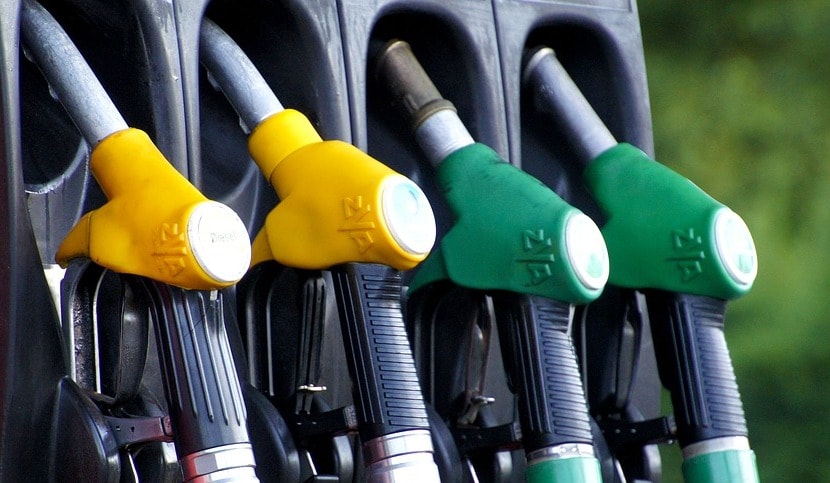Biodiesel production from waste fats

Biodiesel production. Nowadays, the term “biodiesel” is vague. Originally it was used as a name for a mixture of fuel oil and vegetable oil in a ratio of 70-95% / 30-5%.
Now it is a term for fuel made of animal or vegetable fats by transesterification.
The use of biodiesel as fuel reduces the amount of almost all harmful substances released into the atmosphere typical of petroleum fuels. Being natural in origin, it has a low toxicity and is safe for plants and animals if released into the environment. Biodiesel is completely biodegradable in water and soil. It is recycled to 99% after 28 days.
Also worth mentioning are the good mixing properties of vegetable oil esters with petroleum diesel. The obtained blends do not separate even in dissolved water.
Other advantages of biodiesel fuels:
- Due to the chemical composition, biodiesel has good mixing properties that are not affected even by fuels containing sulphur;
- Cetane number of 51;
- High flash point (over 150º), which makes biodiesel relatively safe;
- The presence of oxygen improves combustion efficiency;
- Increasing engine life by 60%.
As the main raw material for biodiesel production plants, such as rapeseed, soybean, canola, castor, nettle spurge, are used. The research is still going on about the production of biodiesel from nut, cotton and hemp oil and walnut kernels. Also the raw material for biodiesel production includes waste vegetable oil, waste animal fats, fish oil, algae etc.
GlobeCore uses the principle of jet hydrodynamic ultrasonic high frequency controlled cavitation in the production of biodiesel.
This technology shows a decisive competitive advantage of the resulting product and the speed of transesterification.
The traditional methods of biodiesel production are based on oil being heated to 70 ° C, which requires high energy expenses. In addition it needs recovery of excess methanol and additional transesterification. Vacuum drying leads to considerable power consumption.
The hydrodynamic cavitation treatment does not consume a lot of energy, and actually saves energy costs by a factor of ten. It does not require installation of expensive dosing pumps: the ejector pulls the required amount of components to be mixed in the unit.
The UBD unit by GlobeCore can be used at facilities specializing in the production of biodiesel, as well as oil refining and food factories, or at small farms.